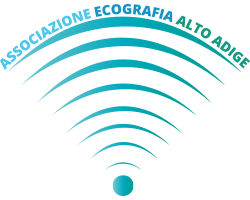The Heart in COVID-19
Primary Target or Secondary Bystander?
Peter Libby
Summary
In the throes of the current coronavirus disease-2019 (COVID-19) pandemic, interest has burgeoned in the cardiovascular complications of this virulent viral infection. As troponin, a biomarker of cardiac injury, often rises in hospitalized patients, its interpretation and actionability require careful consideration. Fulminant myocarditis due to direct viral infection can certainly occur, but in patients with increased oxygen demands due to tachycardia and fever and reduced oxygen delivery due to hypotension and hypoxemia, COVID-19 disease can cause myocardial injury indirectly. Cytokines released during the acute infection can elicit activation of cells within pre-existing atherosclerotic lesions, augmenting thrombotic risk and risk of ischemic syndromes. Moreover, microvascular activation by cytokines can cause not only myocardial injury but can also harm other organ systems commonly involved in COVID-19 infections including the kidneys. Dealing with the immense challenge of COVID-19, confronted with severely ill patients in dire straits with virtually no rigorous evidence base to guide our therapy, we must call on our clinical skills and judgment. These touchstones can help guide us in selecting patients who might benefit from the advanced imaging and invasive procedures that present enormous logistical challenges in the current context. Lacking a robust evidence base, pathophysiologic reasoning can help guide our choices of therapy for individual clinical scenarios. We must exercise caution and extreme humility, as often plausible interventions fail when tested rigorously. But act today we must, and understanding the multiplicity of mechanisms of myocardial injury in COVID-19 infection will help us meet our mission unsupported by the comfort of strong data.
Keywords: atherosclerosis, cytokines, endothelial cells, inflammation, sepsis, vascular biology
Fonte:
J Am Coll Cardiol Basic Trans Science 2020;5:537–42
DOI: 10.1016/j.jacbts.2020.04.001
© 2020 The Authors. Published by Elsevier on behalf of the American College of Cardiology Foundation.
